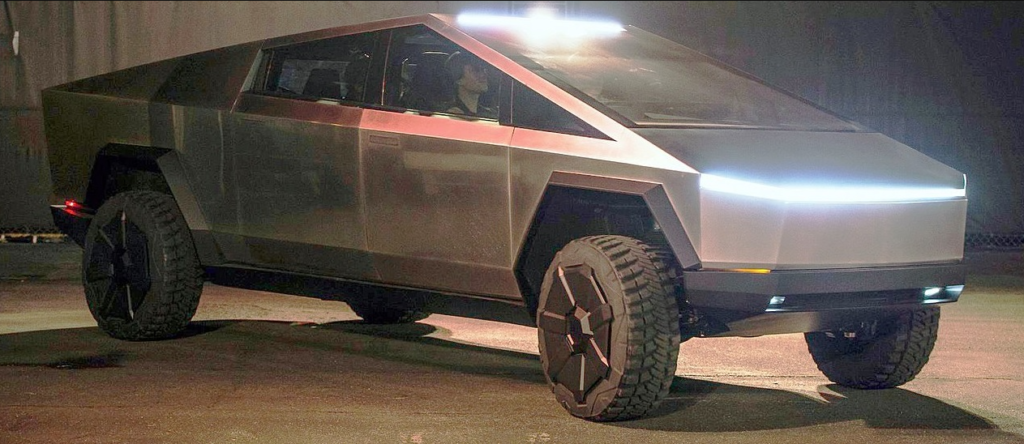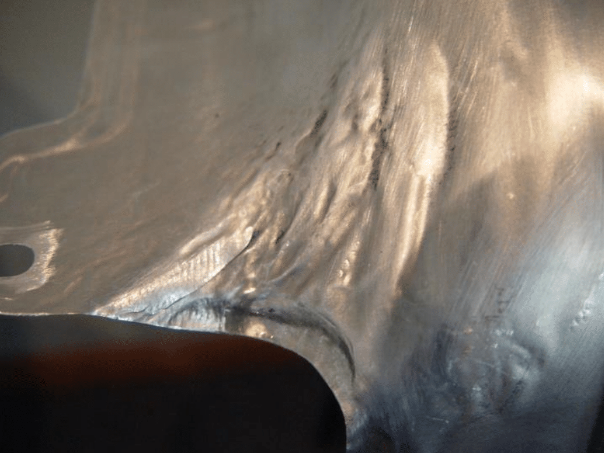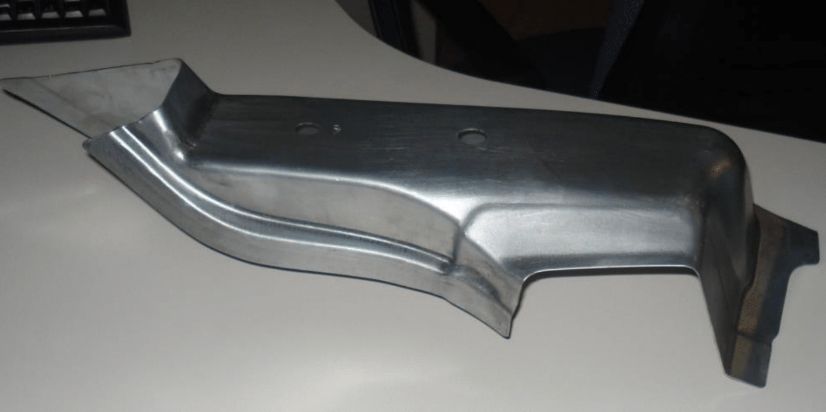The Key to Rapid Sheet Metal Prototyping
The key to rapid sheet metal prototyping is simulation. Any sheet metal prototype that is not a simple bent or folded part, will benefit from a digital prototype using simulation.
Traditionally, prototyping of complex sheet metal parts was considered to be “easier” than high volume production of the same part.
“It’s relatively easy to make a prototype but extremely difficult to mass manufacture a vehicle reliably at scale. Even for rocket science, it’s probably a factor of 10 harder to design a manufacturing system for a rocket than to design the rocket. For cars it’s maybe 100 times harder to design the manufacturing system than the car itself.” – Elon Musk

Is the electric future flat, folded sheet metal parts?
Tesla has recently proven and stated that prototypes are easy, production is not. Is there a reason the Tesla Cybertruck exoskeleton is a folded stainless sheet, without a single formed part visible from the outside? Is the future of vehicle design folded sheets of steel or stainless steel? Why then would we consider using simulation at the prototype stage of a sheet metal project?
Assuming the future is NOT simple folded sheets of steel (think the new Hummer Electric pickup truck, for example), then every sheet metal part requires forming or drawing to create a complex shape resulting in attractive and palatable styling.

Or will a more palatable style prevail?
And with a flood of new and evolving vehicle designs, to accommodate the move to hybrid electric and/or full electric vehicles, successfully making rapid prototypes of sheet metal parts is the key to winning market interest.
How then, can simulation help produce successful sheet metal prototypes?
The original thinking is a complex sheet metal part that is only required in small numbers for a prototype build, can be successfully made in a SINGLE STAGE DRAW, then a 3D laser cut.
However, what if the prototype fails (eg: a split or severe wrinkle occurs)? If the result of prototyping is an un-expected fail, then time and money is lost, and solutions and countermeasures must be proposed and implemented to solve the problem. This is where simulation can ensure the first attempt at prototyping will succeed.

Unexpected wrinkles in a prototype part cost time and money to rectify
Simulation is a digital or virtual prototype. Product revisions and different prototyping methods can be assessed in simulation to determine how to make the prototype successfully. Different material options may also be considered quickly. If a simulation is used as your first sheet metal prototype, then manufacturing the real prototype will be the last prototype you need to make.

Proto parts made with simulation produce better outcomes
Other Helpful Reading:
